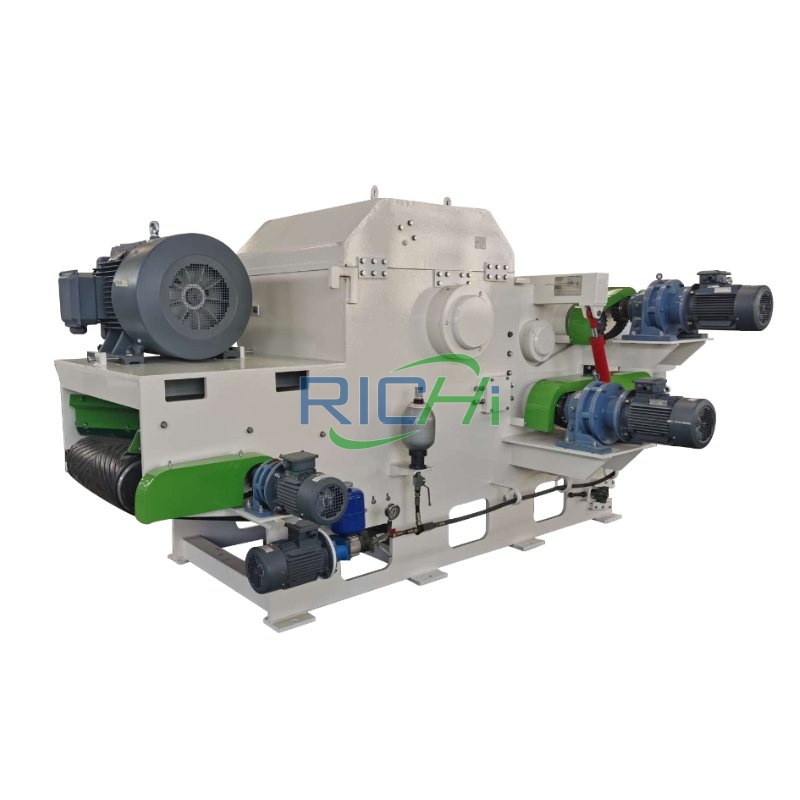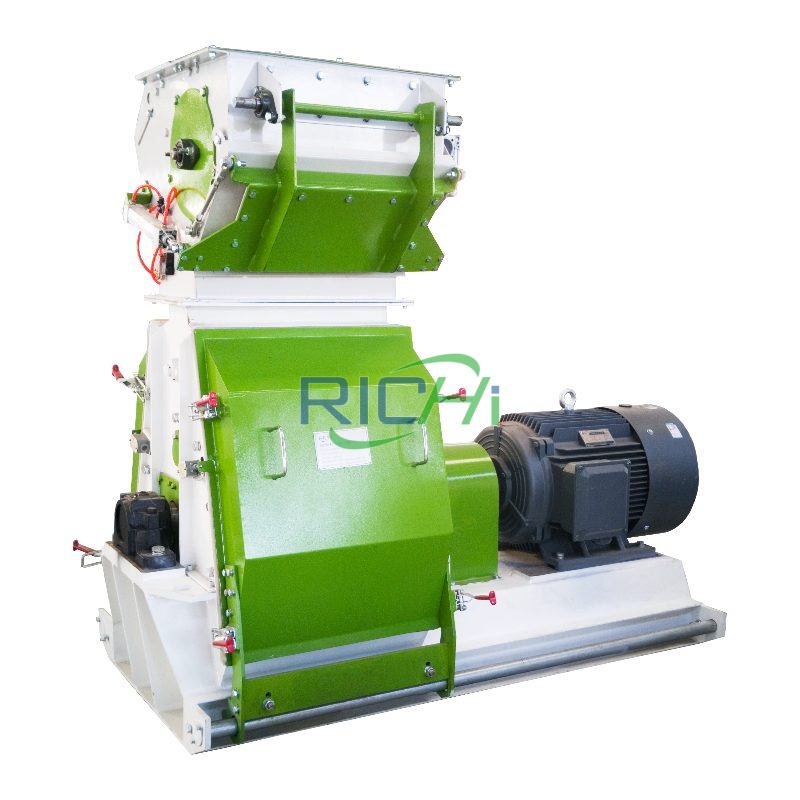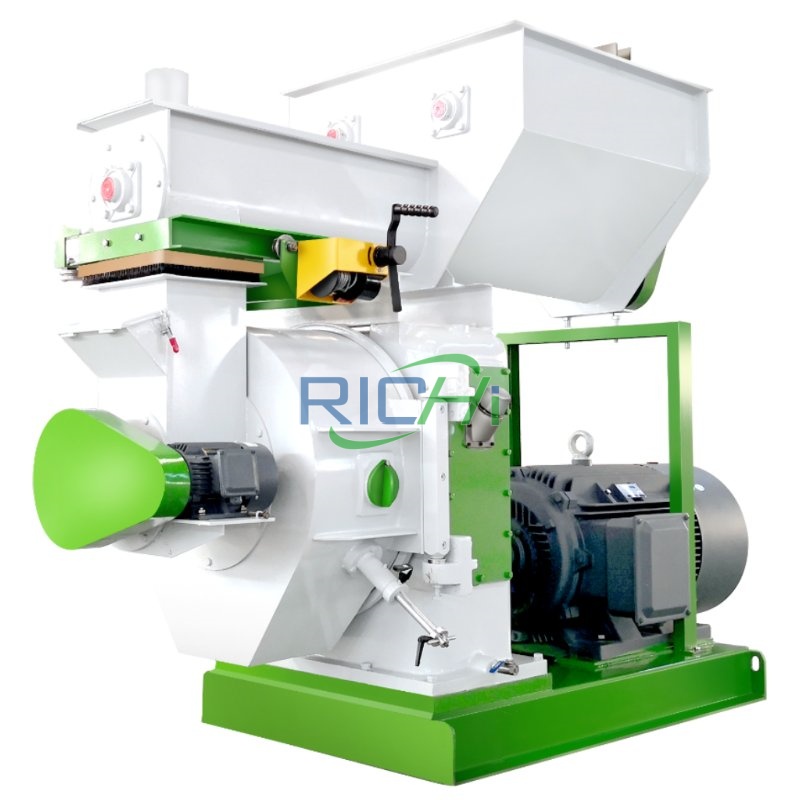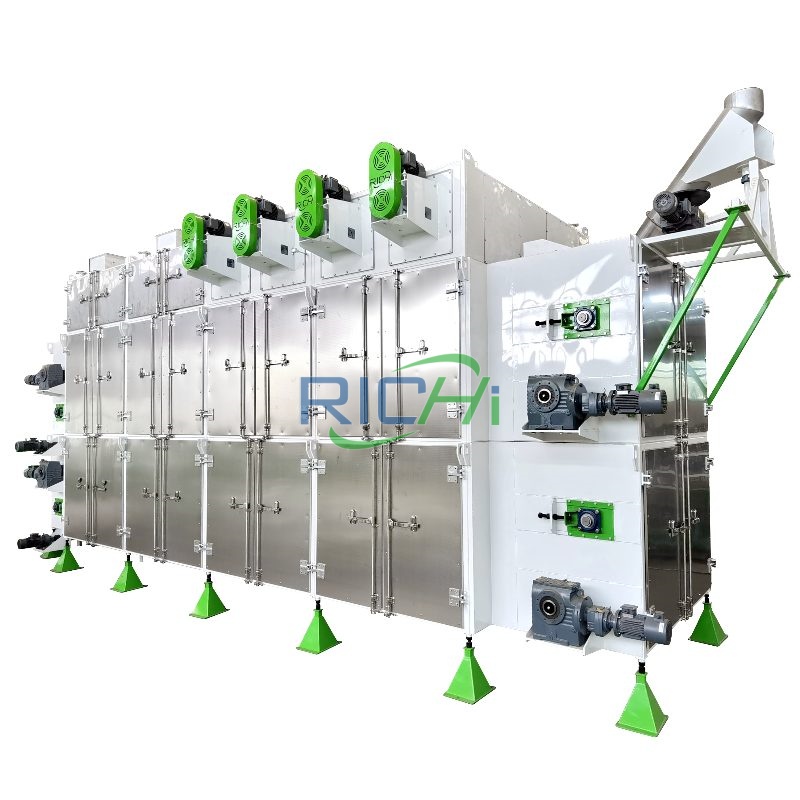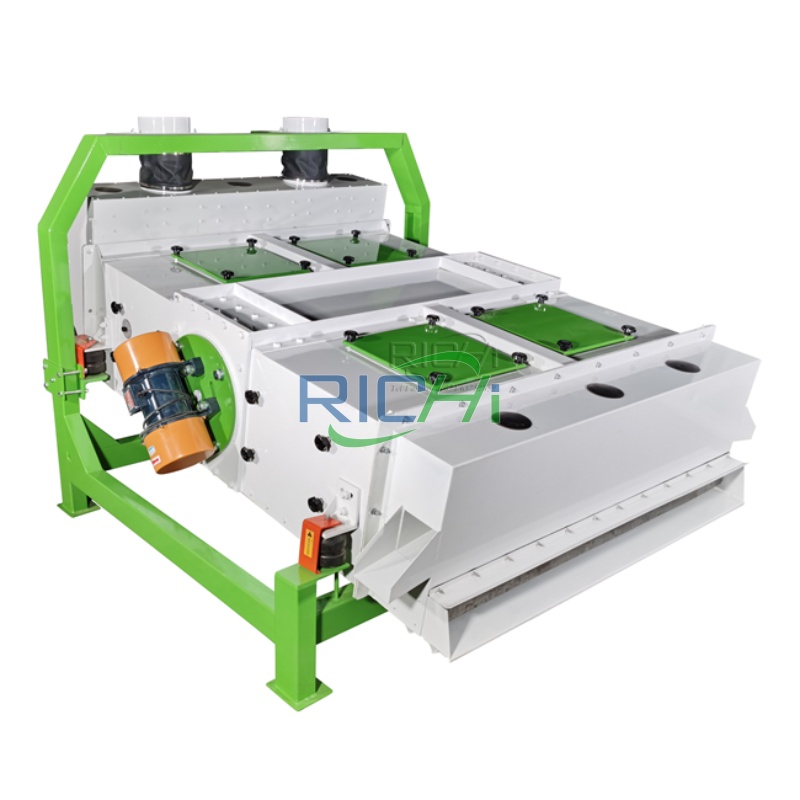Wood Pellet Plant Cost
0.2-40T/H wood pellet plant cost ranges from $15,000 to over $2,100,000. The total investment will vary depending on the degree of automation, raw material type and configuration. Choosing RICHI Machinery means reliable quality, lower operating costs and long-term profitability.

What is the wood pellet plant?
A wood pellet plant is a specialized facility dedicated to processing raw biomass feedstock (such as sawdust, wood chips, branches, bark, and even crop straw) into small, cylindrical pellets. These pellets offer advantages such as uniform size, high calorific value, low moisture content, and ease of storage and transportation. They are a renewable, clean energy source currently widely used in home heating and industrial power generation.
A complete wood pellet plant typically consists of several key stages: raw material pretreatment, drying, pelletizing, cooling, screening, and packaging. Each stage plays a crucial role in ensuring the final product’s density, durability, and combustion efficiency. The core equipment is the wood pelletizer, which compresses the powdered biomass into pellets ranging in diameter from 2mm to 12mm using a ring die under high temperature and pressure. These pellets can be directly used in pellet stoves, boilers, or biomass power plants.
The cost of a wood pellet plant varies depending on production scale, equipment configuration, and feedstock type. Typically, the investment in a complete wood pellet plant ranges from $15,000 to over $2,100,000, suitable for small-scale projects with capacities ranging from 0.2 tons/hour to commercial production plants with capacities of 40 tons/hour.
Although wood pellet plants have high initial construction costs, the long-term return on investment is very substantial. With the growing global demand for renewable energy, wood pellets have been widely exported to Europe, North America, and Asia, becoming a mainstream sustainable fuel. Many investors build plants not only to meet local heating needs but also to gain long-term, stable returns by participating in international biomass energy trade.

Video of RICHI wood Pellet Plant Project
To provide customers with a more intuitive understanding of the equipment’s quality and performance, RICHI Machinery conducted a full equipment trial for the Australian wood pellet plant project before shipment. This trial covered core equipment such as the sawdust crusher, dryer, pelletizer, cooler, and automatic packaging system, ensuring stable operation, precise control, and uniform pellet formation. The following video showcases the equipment during on-site commissioning, demonstrating the efficient integration of various processes and the production of high-quality pellets.
Different Cost Of RICHI Wood Pellet Plant
Wood pellet plant costs vary significantly depending on production capacity, level of automation, equipment configuration, and feedstock type. RICHI Machinery turnkey service range in price from $15,000 to $3,000,000, with capacities ranging from 0.2 tons/hour to 40 tons/hour. Whether you’re planning a small local heating project or a large-scale industrial biomass fuel plant, RICHI can customize a design to meet your specific needs. Each project is carefully optimized, balancing upfront investment with long-term operating costs to achieve high production, low energy consumption, and maximized return on investment.
0.2-0.3T/H Wood Pellet Plant
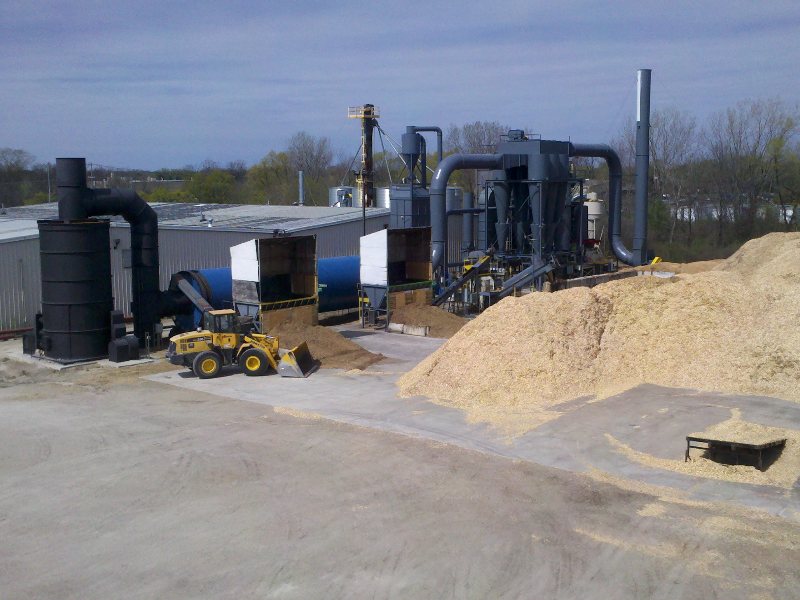
Wood Pellet Plant Cost: 15,000-150,000 USD
0.3-0.5T/H Wood Pellet Plant
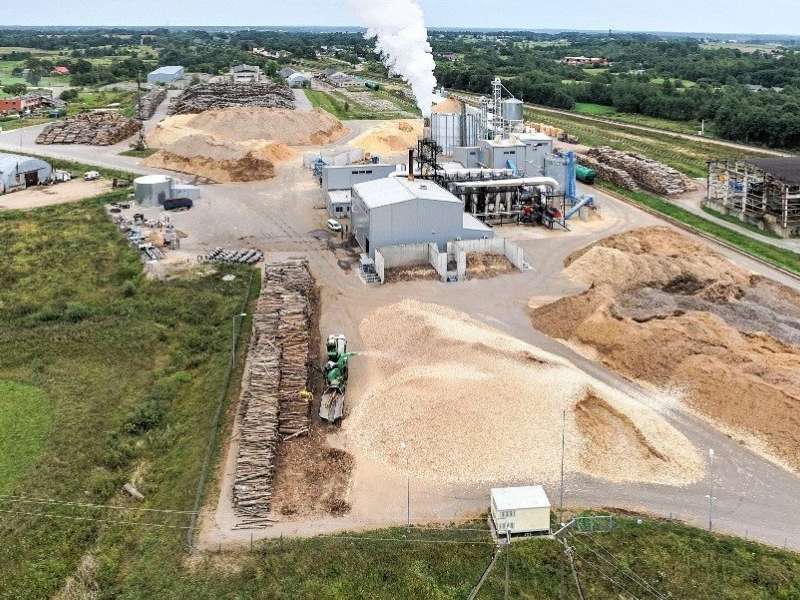
Wood Pellet Plant Price: 25,000-180,000 USD
1.0-1.2T/H Wood Pellet Plant

Wood Pellet Plant Cost: 30,000-250,000 USD
1.5-2.0T/H Wood Pellet Plant
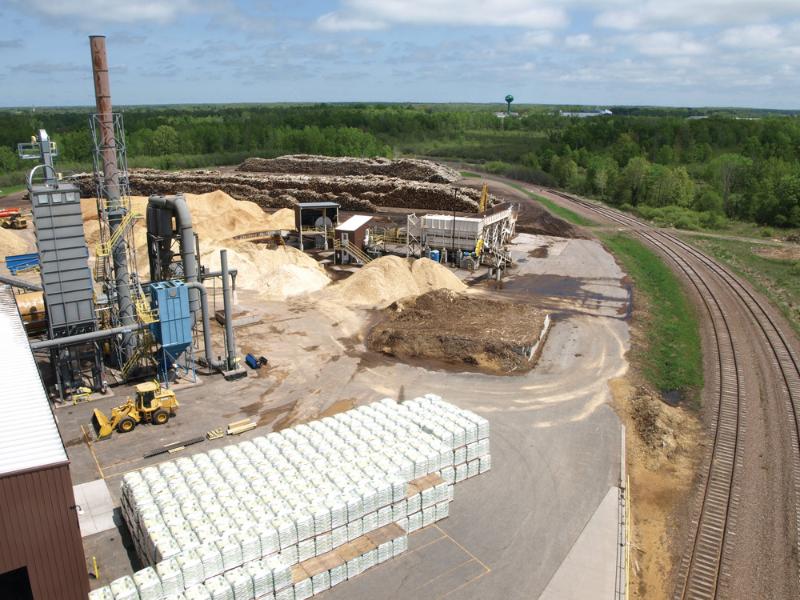
Wood Pellet Plant Price: 50,000-300,000 USD
2.5-3.0T/H Wood Pellet Plant
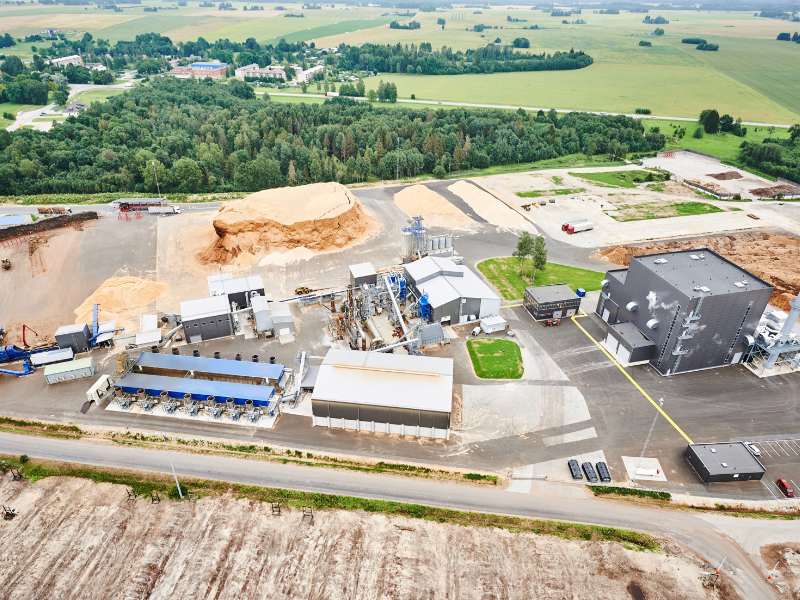
Wood Pellet Plant Cost: 70,000-350,000 USD
3.0-4.0T/H Wood Pellet Plant
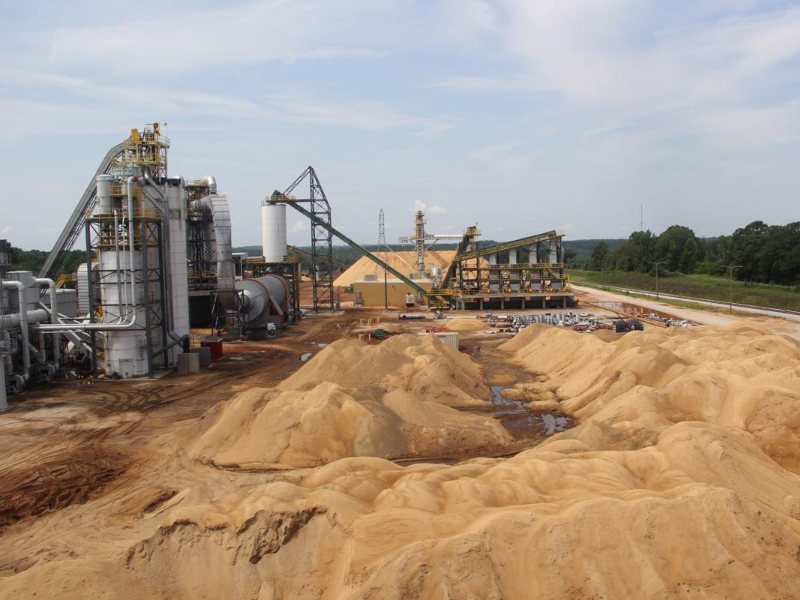
Wood Pellet Plant Price: 90,000-450,000 USD
5.0-6.0T/H Wood Pellet Plant
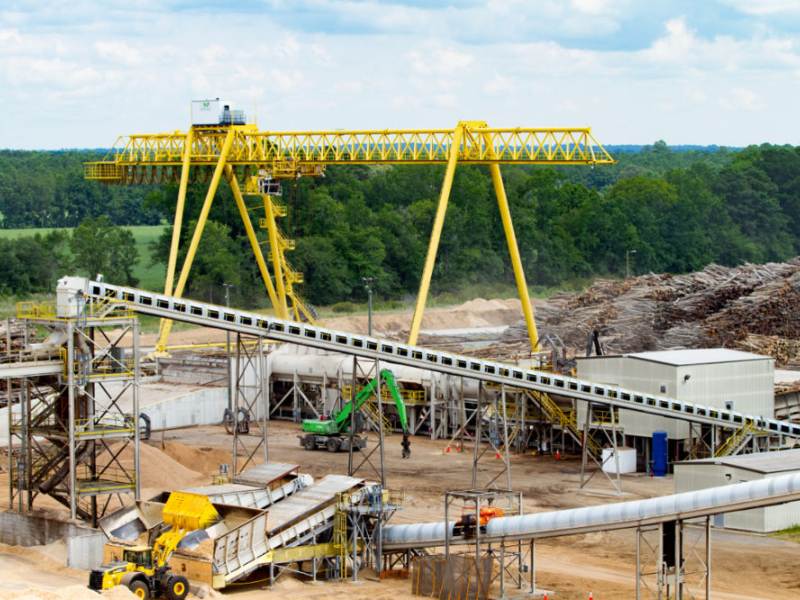
Wood Pellet Plant Cost: 120,000-600,000 USD
6.0-8.0T/H Wood Pellet Plant
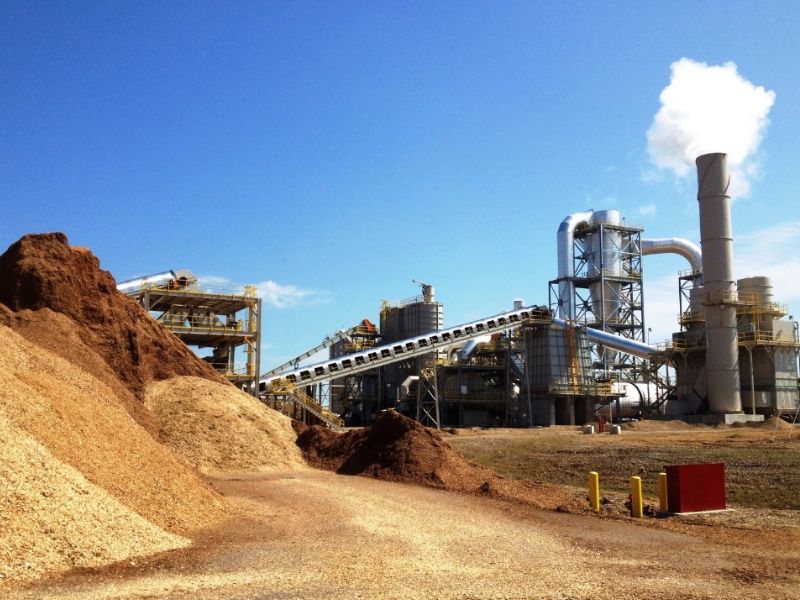
Wood Pellet Plant Price: 150,000-700,000 USD
10-12T/H Wood Pellet Plant

Wood Pellet Plant Cost: 250,000-1,100,000 USD
12-15T/H Wood Pellet Plant
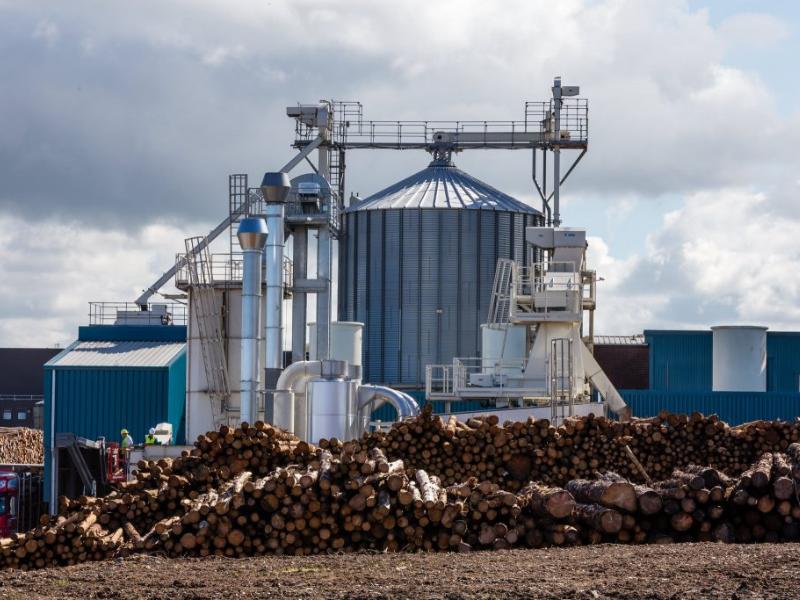
Wood Pellet Plant Price: 450,000-1,450,000 USD
20-24T/H Wood Pellet Plant

Wood Pellet Plant Cost: 550,000-2,100,000 USD
20-40T/H Wood Pellet Plant

Wood Pellet Plant Price: 550,000-3,000,000 USD
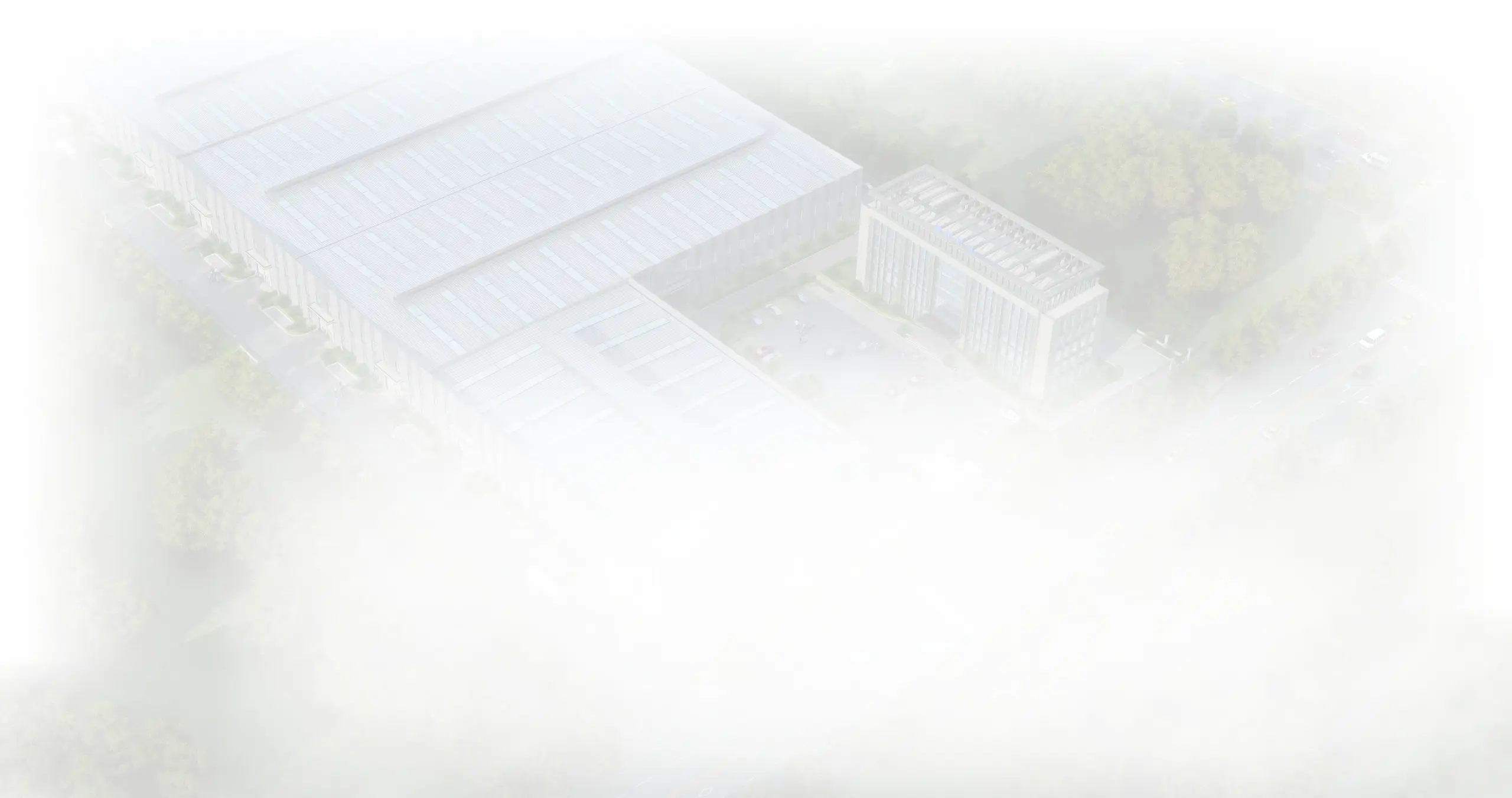
In actual operations, return on investment depends not only on overall production capacity but also on multiple factors, including site conditions, raw material properties, and energy consumption. Therefore, it’s important to focus on real-world project examples to understand the actual performance and economic benefits of different configurations in various markets and environments.
Different Project Cases With Different Wood Pellet Plant Cost
Wood pellet plant cost is never a fixed number and can vary significantly depending on the project’s production scale, degree of automation, raw material characteristics, and local conditions. Every RICHI project is tailored to the client’s specific needs, from a small 0.2 t/h demonstration line to a large 40 t/h industrial wood pellet plant.
RICHI Machinery has over 30 years of experience in equipment manufacturing, with projects spanning over 140 countries and regions worldwide. We can provide customized pellet equipment products and pellet plant solution tailored to your specific needs, achieving the best cost-performance ratio, ensuring stable operation, and delivering a high return on investment.
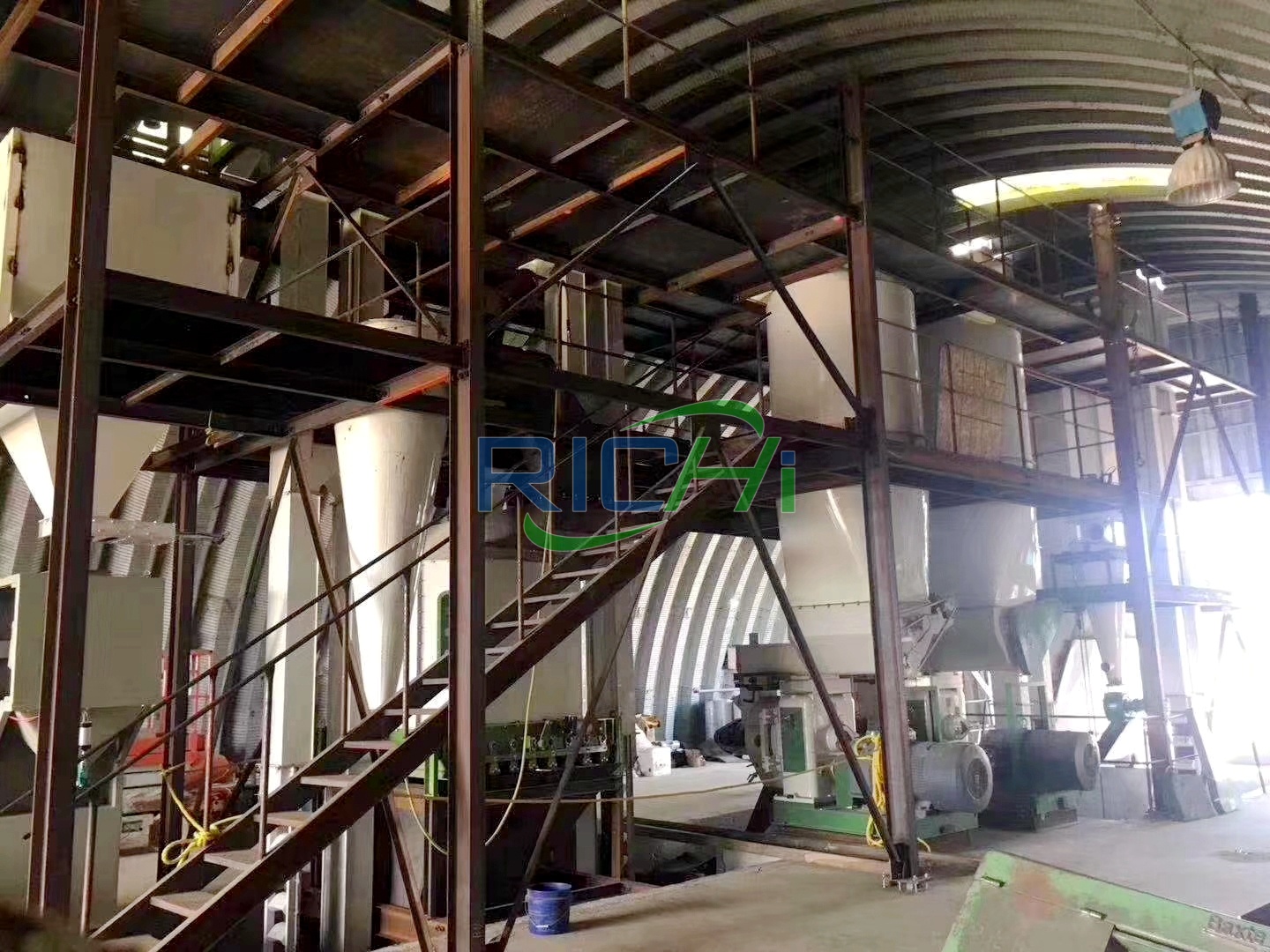
2T/H wood pellet production Line for sale canada
- Project Country: Canada
- Project Output: 2T/H
- Raw Materials: Softwood sawdust and poplar chips
- Wood Pellet Production Line Price: About 80,000 USD
- Project Background: The client wanted to establish a small industrial line for local pellet production to supply nearby households and small-scale heating plants. They sought cost-effective solutions with stable operation and low maintenance.
- Customer Feedback: “RICHI provided a turnkey solution that matched our budget. The line runs smoothly, and we are satisfied with pellet quality and energy efficiency.”
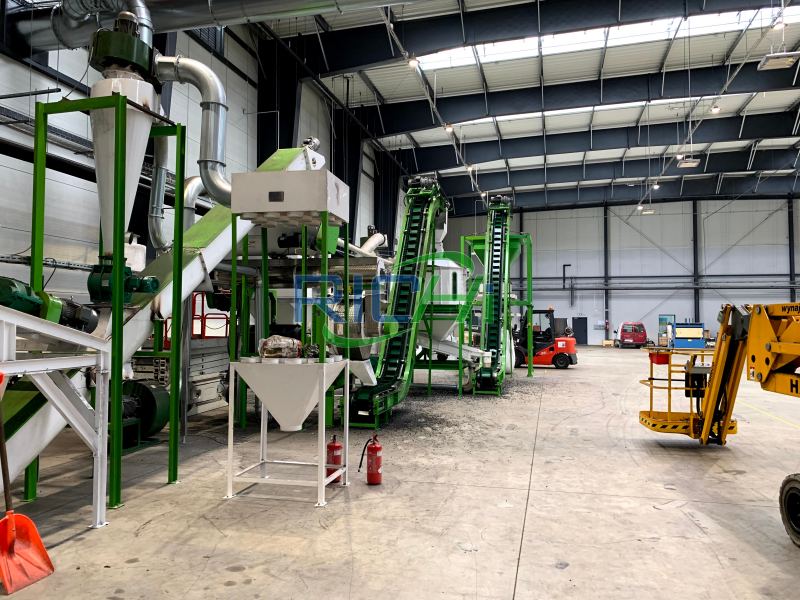
6T/H wood pellet plant in romania
- Project Country: Romania
- Project Output: 6T/H
- Raw Materials: Mixture of softwood sawdust and agricultural residues (corn stalks, wheat straw)
- Wood Pellet Plant Cost: About 208,000 USD
- Project Background: The Romanian client aimed to expand production to supply biomass fuel for industrial boilers and heating systems. The focus was on a flexible plant that could handle mixed raw materials efficiently.
- Customer Feedback: “The plant performs well with mixed raw materials, and the pellet density meets our energy requirements. RICHI’s support was excellent during installation.”
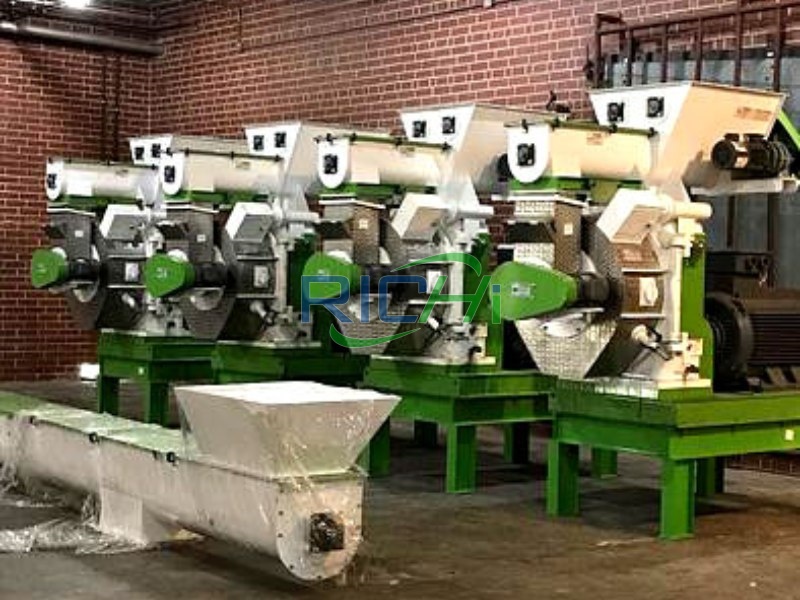
10T/H complete wood pellet plant in America
- Project Country: America
- Project Output: 10T/H
- Raw Materials: Hardwood sawdust and wood chips, sourced from local lumber processing facilities
- Wood Pellet Plant Cost: About 380,000 USD
- Project Background: The client required a medium-scale industrial plant to supply residential and commercial heating markets. Emphasis was placed on automation and stable output to meet consistent demand.
- Customer Feedback: “The plant exceeded our expectations in terms of production stability and pellet quality. Energy consumption is lower than anticipated, which helps control the wood pellet plant cost.”
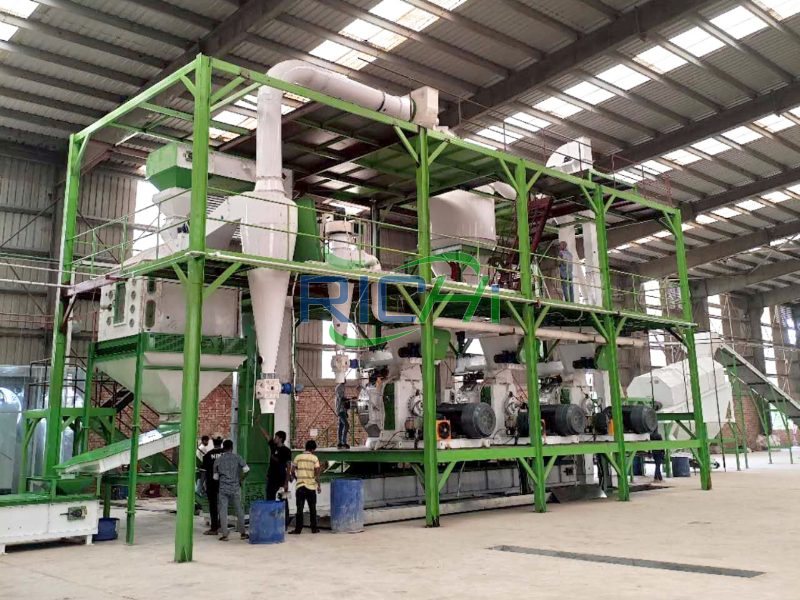
20T/H wood pellet manufacturing plant in Bengal
- Project Country: Bengal
- Project Output: 20T/H
- Raw Materials: Mixture of softwood, bamboo residues, and rice husks
- Wood Pellet Plant Price: About 550,000 USD
- Project Background: This large-scale plant was designed to supply biomass fuel for regional power plants and industrial boilers. The client prioritized high-capacity production with stable operation and minimal downtime.
- Customer Feedback: “The RICHI plant is highly efficient and reliable. Our team is very satisfied with the output quality and the timely support provided during commissioning. It was a worthwhile investment considering long-term cost.”
Factors Affecting Wood Pellet Plant Cost
The wood pellet plant cost varies significantly depending on a variety of factors. Key influencing factors include production capacity, feedstock type, degree of automation, energy source, and local labor costs. Understanding these factors can help investors plan their budgets more effectively and select the most suitable production line configuration, achieving the optimal balance between initial investment and long-term operational efficiency.
Production Capacity
Generally speaking, the larger the production capacity, the higher the cost.
For example, a small-scale demonstration line with a capacity of 0.5-1 ton/hour has simpler equipment and lower investment, while a 20-40 ton/hour industrial production line requires more complex equipment, a larger plant, and higher capital investment.
Raw Material Type
Different raw materials vary in moisture content, density, and hardness, all of which influence equipment selection and wood pellet plant costs.
For example, high-moisture raw materials or logs require a dryer and chipper. Failure to do so will increase equipment wear and tear and may reduce overall efficiency.
Automation Level
Different raw materials have varying moisture content, density, and hardness, all of which influence equipment selection and processing costs.
Due to the varying processing requirements of different raw materials, additional drying or pulverizing equipment may be required to ensure granulation efficiency and final product quality, increasing overall costs.
Operating Costs
Operating costs include electricity and fuel consumption, labor, equipment maintenance and spare parts, and raw material procurement required for daily operations.
Although some equipment may have a low initial purchase price, it may have a high failure rate and require maintenance and repairs, leading to increased operating costs. Therefore, choosing reliable, high-quality equipment is crucial.
Supplier & Service
Choosing a reliable supplier ensures equipment quality and technical support. Choosing a reputable supplier like RICHI Machinery offers a wide range of production capacity options, customized solutions, and long-term maintenance services.
While the initial investment may be slightly higher, it significantly reduces long-term operational risks and maintenance costs.
Main Equipment In The Wood Pellet Plant
Each piece of equipment in the biomass pellet production process plays a specific role in efficiently and stably converting raw materials into high-quality pellets. Proper equipment selection and configuration not only ensures stable production, but also reduces energy consumption and improves pellet quality. Moreover, careful planning of equipment according to production capacity and raw material type can help control the overall wood pellet plant cost, making the investment more cost-effective.
Why Choose RICHI Wood Pellet Plant?
Choosing the right wood pellet plant supplier is crucial to ensuring high-quality production, reliable equipment, and long-term profitability. RICHI Machinery has over 30 years of experience designing and manufacturing wood pellet plants worldwide. Our production lines are known for their high efficiency, energy savings, stable operation, and precise pellet quality.
Stable And Reliable Operation
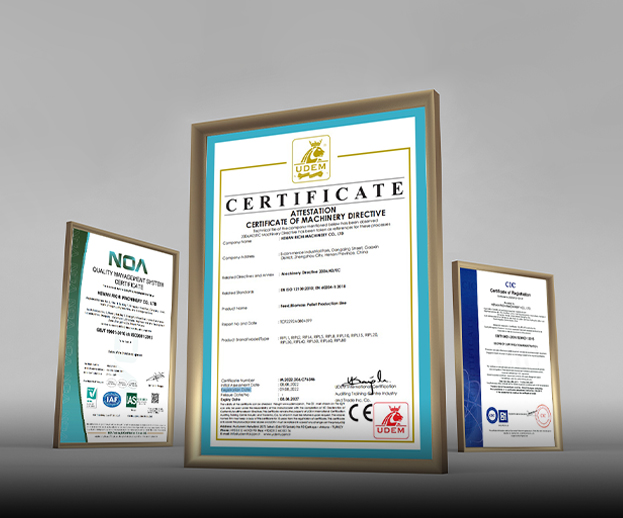
RICHI wood pellet plants undergo rigorous testing to ensure smooth, continuous operation, minimizing downtime and maintenance requirements.
Our equipment is internationally certified, ensuring consistent production of high-quality pellets and helping our customers achieve efficient production capacity.
Customizable Solutions

RICHI offers flexible production line configurations, allowing customers to select production capacity, raw material compatibility, and the degree of automation based on their specific needs.
Customized solutions ensure each project meets its unique production requirements.
Trusted Worldwide
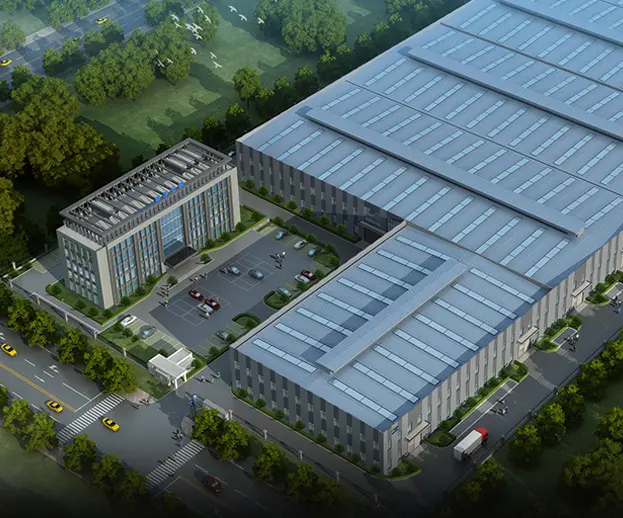
RICHI has successfully delivered wood pellet plants to customers in over 140 countries and regions across Asia, Europe, Africa, and the Americas.
With high-quality equipment, professional services, and reliable operations, we have become a trusted partner for clients working on both small and large industrial projects.
FAQ
Before investing in a wood pellet plant, investors and operators often have many questions. This FAQ section provides clear answers to common questions, helping customers make informed decisions and better plan their investment plans.
How much space do I need for a wood pellet plant?
+
The required site size for a wood pellet plant depends on production capacity, production line layout, and the type of raw materials planned to be processed. A small-scale demonstration line typically requires 100–300 square meters and can be installed in a standard warehouse or small factory building. Large-scale industrial lines with a capacity of 20–40 tons per hour may require 2,000–5,000 square meters, including storage space for raw materials and finished pellets, as well as auxiliary equipment such as dryers, conveyors, and cooling systems.
For investors, plant size also affects the wood pellet plant cost, as larger areas require increased construction investment, utilities, and maintenance costs. A well-planned site layout can help reduce operating costs, optimize production processes, and reserve space for future expansion. Appropriate space allocation also ensures safe operation, smooth material handling, and convenient maintenance and logistics operations.
How to choose the right wood pellet plant with my budget?
+
Choosing the right wood pellet plant requires balancing production goals, feedstock characteristics, and budget constraints.
- Determine Your Production Capacity: Determine your desired output capacity, which will influence the size and complexity of the required equipment.
- Assess Raw Material Characteristics: Consider factors such as raw material moisture content, pellet size, and uniformity. High-moisture raw materials may require additional drying equipment, impacting overall costs.
- Consider Operating Costs: Consider both the initial investment and ongoing operating costs, including energy consumption, labor, maintenance, and raw material procurement.
- Plan for Future Expansion: Ensure the plant design allows for future capacity growth without significant additional investment.
- Select a Reliable Supplier: Partner with an experienced pellet plant supplier who can provide tailored recommendations based on your specific needs and budget.
My raw material is fresh wood or high-moisture sawdust. Will it affect my wood pellet plant cost?
+
Yes. Fresh wood, green sawdust, or wood chips may have a high moisture content, which must be reduced to 12-18% before pelletizing. This requires additional drying equipment, increasing initial wood pellet plant costs and energy consumption.
However, by using a properly designed drying and pretreatment system, you can ensure stable pellet production, high pellet quality, and improve long-term operational efficiency. Considering high-moisture feedstock during the design phase can help control costs while ensuring stable production.
Can the plant produce pellets from mixed raw materials?
+
Yes. RICHI wood pellet plants can process different feedstocks, such as wood chips mixed with agricultural byproducts like rice husks, corn stover, or straw. Using mixed feedstocks allows for flexible utilization of local resources and reduces raw material costs.
However, processing different feedstocks may require additional adjustments. For example, the moisture content and pellet size of the feedstock must be balanced to ensure consistent pellet quality. Depending on the complexity of the raw material, additional equipment such as a hammer mill, conveying equipment. These additions will slightly increase wood pellet plant costs but ensure stable production and high pellet quality.
With appropriate design and layout, the production line can produce high-quality pellets using a variety of feedstock combinations to meet diverse market demands without compromising production efficiency.

